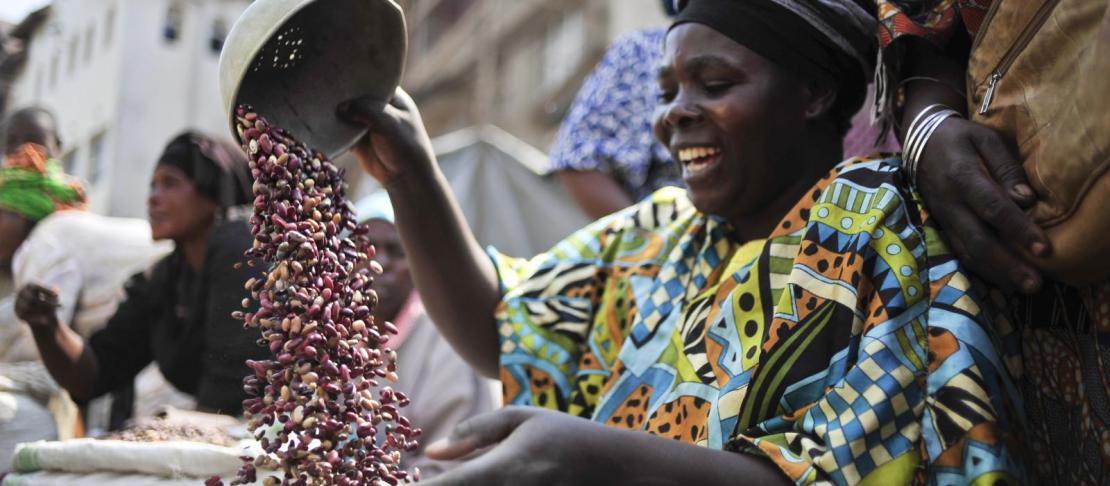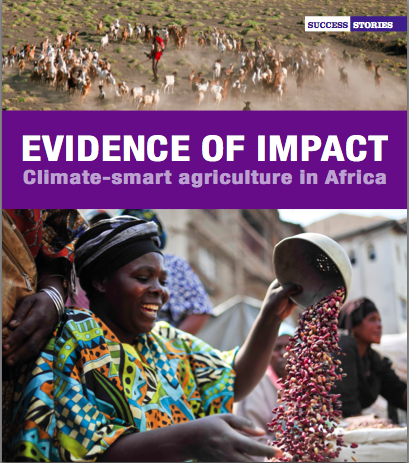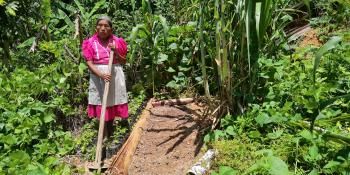Climate change: re-adapting African agriculture

Predictions abound regarding the many ways in which climate change will affect life around the world, and in the grim contest over who will suffer the most, the people of sub-Saharan Africa may come out on top.
Consider that by 2050 the population of sub-Saharan Africa will be roughly double of what it is today. And this is a region where already about a quarter of the population is undernourished. So avoiding a future of perpetual food crises will require Africans to increase crop production by a daunting 260 percent.
Evidence of Impact: Climate-smart agriculture in Africa
Moreover, this herculean task must be accomplished in a world where climate change is expected to make droughts in large swaths of sub-Saharan Africa longer and more intense, while in other areas climate change could do the opposite: unleash a torrent of rainfall that will intensify flooding and soil erosion. Climate change also is expected to increase encounters with crop pests, livestock diseases, and weed infestations.
At the same time, increased agricultural production cannot come from expanding the area under crops, because that would mean destroying forests, wetlands and grasslands—areas rich in biodiversity and environmental resources. Converting these areas into farmland would not only increase greenhouse gas emissions; we would lose precious resources on which many communities and animal species depend.
Read full Op Ed piece by James Kinyangi: Climate change: Re-adapting agriculture, 8 December 2014 The Africa Report
Download the Booklet: Evidence of Impact: Climate-smart agriculture in Africa
This booklet is published by the CGIAR Research Program on Climate Change, Agriculture and Food Security (CCAFS) and the Technical Centre for Agricultural and Rural Cooperation (CTA).



